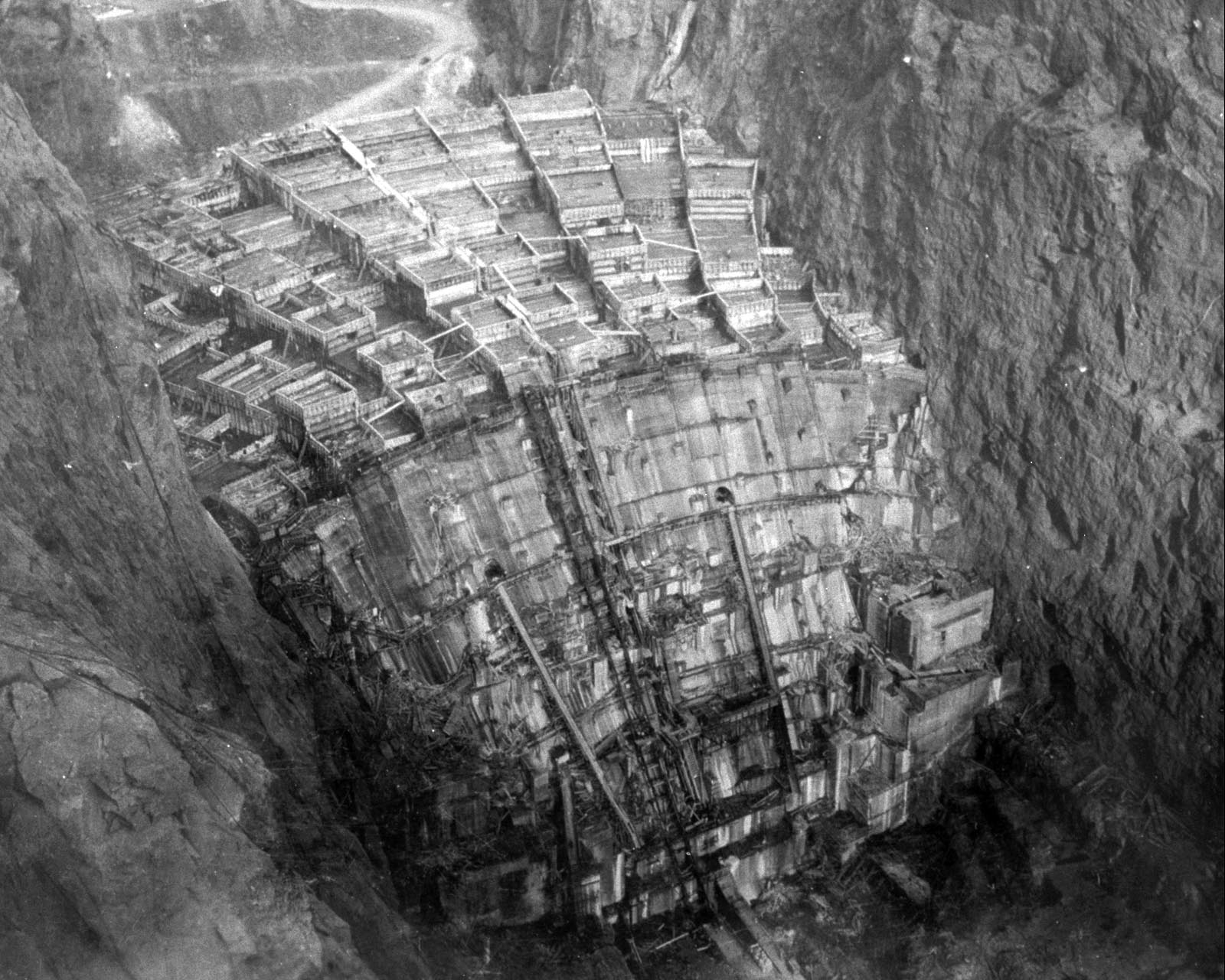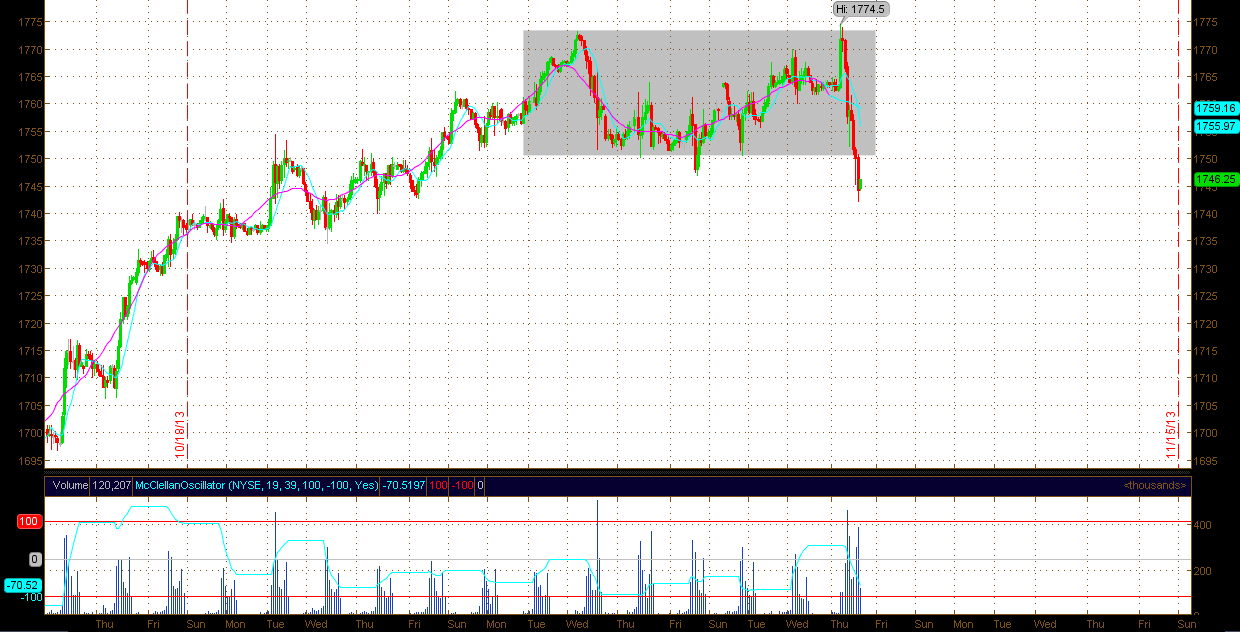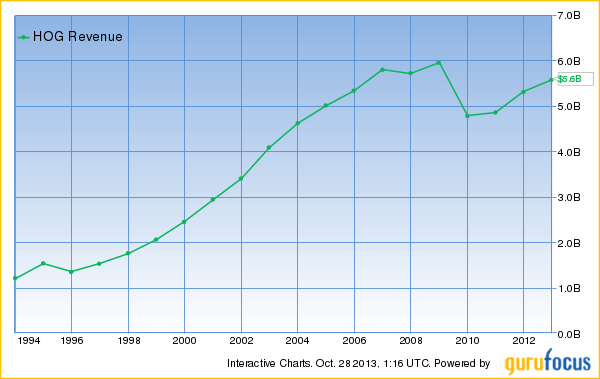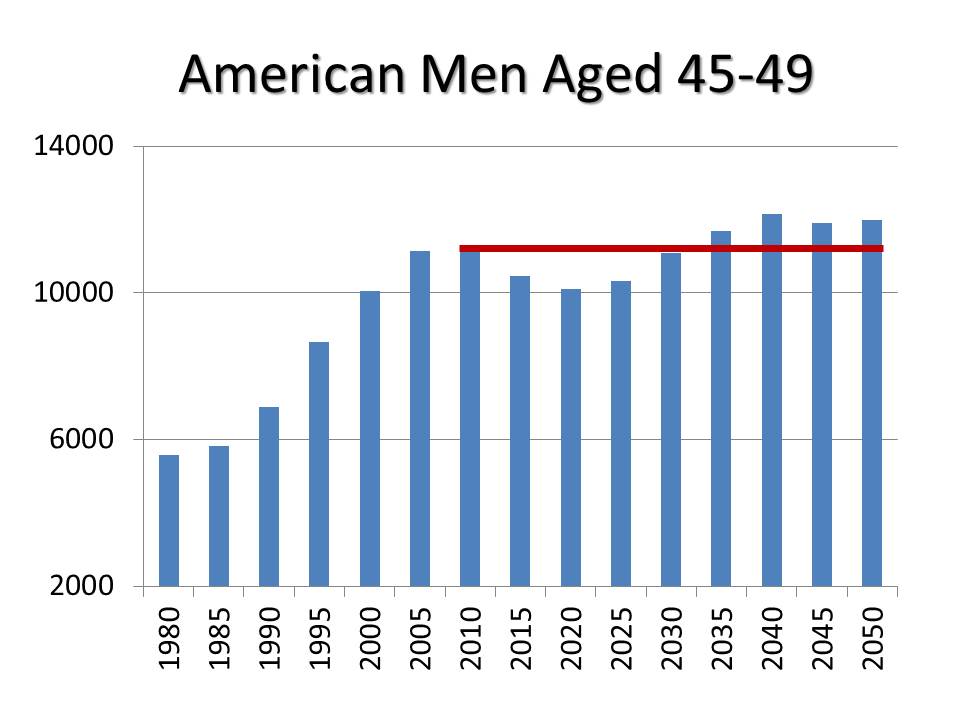Energy & Commodities
On December 20, 1922, a surveyor — J.G. Tierney — made his way along the Colorado River by barge. Tierney, who worked for the U.S. government, was surveying a remote spot in the Mojave Desert called Boulder Canyon.
Boulder Canyon sits in the middle of some of the most unforgiving land in America.
During the summer, temperatures frequently top out near 120 degrees. Less than five inches of rain fall each year. Rattlesnakes and scorpions hide under rocks. And the sharp cliffs are near-impossible to scale.
And yet, this canyon in the heart of the desert holds one of the greatest investments in U.S. history… one that has generated billions of dollars in wealth and is practically guaranteed to keep doing so for decades.
But it wasn’t without its costs. In total, 112 men — beginning with J.G. Tierney, who on that December day drowned after falling off the barge that carried him and his equipment — died to create this investment.
 I’m talking about Hoover Dam.
I’m talking about Hoover Dam.
Before I get too far… no, I am not recommending that you invest in the Hoover Dam. Even if you wanted to, it’s fully owned by the U.S. government. There’s not a stock you can buy that gives you access.
Instead, it’s what Hoover Dam represents that is the true opportunity to grow your wealth.
Let me explain…
Hoover Dam (originally called Boulder Dam) was finished in 1936, at which point it began damming the Colorado River to create Lake Mead — the United States’ largest reservoir.
The project was massive. At its peak, more than 5,000 people worked on it at the same time. And the dam contains enough concrete to pave a two-lane highway from San Francisco to New York City.
In total, construction costs came to $49 million.
That $49 million investment is the sole reason why millions of people are able to live in the Las Vegas area today. And it has generated billions of dollars of wealth in the process.
But Hoover Dam didn’t just create a massive reservoir to provide water to the middle of the desert. It also created one of the most lucrative electricity generation plants ever built.
Located in the base of the dam are 17 hydroelectric turbines that make up the Hoover Powerplant. These turbines generate roughly 4.2 billion kilowatt hours (kWh) of electricity per year, making it one of the largest hydroelectric plants in the United States.
Electric providers love hydroelectric power because it’s among the cheapest power sources on the planet. Hoover Powerplant sells its electricity on the wholesale market at just 1.6 cents per kilowatt hour. In comparison, Las Vegas residents pay an average of 11.6 cents per kWh for electricity — seven times as much.
But even at that low cost, Hoover Dam generates and sells about $63 million in electricity every year (1.6 cents x 4.2 billion kWh) — that’s nearly 130% of what it cost to build the dam in the first place.
Of course, there are a number of other costs such as maintenance and upkeep that figure into the equation, but the point remains — Hoover Dam has become one of the greatest individual investments ever made by the U.S. government. And it continues to increase its return year after year.
So how can this help us as investors? After all, as I mentioned earlier, you can’t invest directly in Hoover Dam.
You simply have to understand why Hoover Dam has been such a success…
Hoover Dam is what I like to call an “irreplaceable asset.”
No one can come along and build a competing dam. And the world isn’t going to run out of a need for electricity. If anything, we’ll need more electricity in the future.
That’s why even 76 years after it was built, the dam is more important today than ever.
And while you can’t invest in Hoover Dam, there are dozens of irreplaceable assets around the world — including many hydroelectric dams — that you can invest in.
And as you would expect, investing in these irreplaceable assets has proven to be extremely profitable.
Take oil and gas pipelines, for example. Pipelines are the ultimate irreplaceable assets. Another company can’t simply build a pipeline next to an existing one. And the pipelines that carry fuel, natural gas, oil, and other commodities across the country aren’t about to be replaced by some new technology.
That’s why I’ve loaded up on pipeline operators, which are typically structured as master limited partnerships (MLPs), in my Top 10 Stocks portfolio.
In fact, pipelines have been one of the strongest corners of the market for years. The benchmark for master limited partnerships — the Alerian MLP Index — has returned 328%, including dividends, during the past decade… or almost 16% a year. That’s over three times the S&P 500’s 10-year performance.
But there are more irreplaceable assets than just pipelines.
Take my investment in Brookfield Infrastructure (NYSE:BIP). Brookfield owns toll roads, electricity transmission grids, ports, and railroads all over the globe. All of these are irreplaceable assets. And they continue to earn a steady stream of cash for BIP and its investors.
This is exactly why I added the shares to my Top 10 Stocksportfolio more than two years ago. And it’s why the stock is one of my biggest winners — up 67% in just over two years while paying a yield of 4.4%.
Don’t get me wrong, there are no guaranteed winners in the investing world. Any investment can fall in value. But when you find the sort of securities that give you access to irreplaceable assets, they often end up being some of the most lucrative investments to own for the long term.
Note: It’s no surprise that our “Top 10 Stocks For 2014” report lists several companies that own irreplaceable assets, helping many of these companies dominate or even monopolize their markets. These cash-rich stocks not only throw off dividend yields twice as high as the S&P 500, they also handily outperform it. Through 2012, our annual list of Top 10 Stocks have beaten the market 7 out of 10 years. Visit this link to get all the details…
Good Investing!
Elliott Gue
Top 10 Stocks

Wednesday morning I wrote the following:
“Another all-time high in the Dow Industrials this morning with non-confirmation from the S&P and Russell. Tomorrow we will get the Twitter IPO hooplah which might very well coincide with another all-time high for the S&P 500, a confluence which will only serve to stir the animal spirits more than they already are.
The Investor’s Intelligence survey confirms that the spread between bullish investors and bearish investors is the widest it’s been since April 2011 (a particularly frothy month for markets which preceded a major top in stocks).
Would it be too perfect for the Twitter IPO to mark the top of the rally? Probably. However, savvy investors should probably cast at least one skeptical eye towards a $20 billion valuation for a money losing business that for all intents & purposes has been sliding backwards in terms of its “coolness” factor for many months.”
This morning we got another marginal all-time high in the S&P E-mini futures following the surprise ECB rate cut announcement:

The 1774.50 high print was hit shortly after the 7:45am ECB announcement, however, sellers showed up in aggressive fashion as soon as the US market opened at 9:30am EST and they did not let up all the way through to the closing bell.
The Twitter IPO turned out to be a major distraction which captured headlines…..
….read more HERE

Employment was little changed for the second consecutive month and the unemployment rate remained at 6.9% in October.
Compared with October 2012, employment increased by 1.2% or 214,000, with gains in full-time and part-time work. Over the same period, the number of hours worked rose by 1.4%.
Of Note:
In October, employment among men and women aged 55 and over was little changed. However, compared with 12 months earlier, employment for this group was up 144,000 (+4.4%), the result of both employment growth and population ageing.
Drew Zimmerman
Investment & Commodities/Futures Advisor
604-664-2842 – Direct
604 664 2900 – Main
604 664 2666 – Fax
800 810 7022 – Toll Free


A true American icon. Its motorcycles are so distinctive that the company actually tried to trademark the “Harley sound,” that familiar rumble of the bikes’ exhaust, back in the mid-1990s.
It’s also a well-managed company and one of those true rarities: a successful turnaround story. This is a company that was facing bankruptcy in the early 1980s yet managed to rebuild itself into the pride of American manufacturing … and the subject of countless case studies in MBA programs worldwide.
Harley’s management was able to pull off that coup by leveraging that intangible quality that is so hard to imitate: brand cachet. For a particular breed of leather-wearing motorcycle enthusiast, there is simply nothing on par with a Harley.
But all of that said, I wouldn’t touch the stock … at least not at today’s prices.
At first glance, Harley would appear only modestly overpriced. It trades for 20 times trailing earnings and 2.5 times sales. This compares to 19 times earnings and 1.6 times sales for the S&P 500.

A modest premium is appropriate for an iconic company with Harley’s branding power (and not to mention its high return on equity of 26.1%), right?
Well, maybe. But Daimler ( DDAIF ) — a company that knows a thing or two about vehicle branding — trades for just 10 times trailing earnings and 0.60 times sales. Yes, I realize it’s not an apples-to-apples comparison and that Harley runs a higher-margin operation in a business with fewer direct competitors. All else equal, Harley should trade at a slight premium to a larger automaker like Daimler. [Daimler, incidentally, is currently the leader in InvestorPlace’s Best Stocks of 2013 contest with year-to-date returns of over 50%.]
But all else is not equal. Harley has a serious growth problem, and it’s not one that will go away with a recovering economy.
Harley’s revenues are still below their pre-crisis highs (see Figure 1), and unit sales paint an even bleaker picture. Harley sold 349,196 bikes in 2006, and sales dropped to just 247,625 in 2012.That’s a unit decrease of nearly 30%.
To be fair, revenues and unit sales have enjoyed a nice bounce since the pits of the financial crisis. But Harley will never get its old mojo back for one critical reason that is completely outside of its control:demographics.
Down the road from my house in Dallas, there is greasy drive-in burger joint called Keller’s … a place I’ve been known to frequent a little more often than my doctor might recommend. On any given weekend, you might see a dozen or more bikers parked in the lot, showing off their chrome-laden Harleys. And nearly all of them are over the age of 45. Most are over 50.
This isn’t a coincidence. Harley-Davidson is a brand whose sales depend disproportionately — almost exclusively, in fact — on middle-aged Caucasian males. Riders younger than 40 generally lack the time, interest or the bankroll to buy a Harley. But by the time they get into their 60s or older, the noise and joint pain have begun to make riding lose its allure. You might still ride in your 60s, but you’re doing it less frequently and you probably aren’t buying a new bike.

Figure 2: American Men Aged 45-49 by Year
The sweet spot is the mid-40s to early 50s. And with the Baby Boomers — the largest and wealthiest generation in history — now largely aged out of this key demographic bracket, Harley has a serious problem. Generation X — my generation — is not nearly large enough to pick up the slack, and Generation Y (aka “the Millennials” or “Echo Boomers”) are decades away from being in the demographic sweet spot for Harley, and this assumes they take to riding like their dads did. The number of American men aged 40-49 is set to decline through the early 2020s and won’t reach its old 2010 peak until 2035 (see Figure 2).
CNN Money reported on this as far back as 2010, and demographic strategist Harry Dent — my old boss — has used Harley as a case study for decades.
Harley-Davidson’s management is not stupid. They understand the issues they face, and they have gone so far as to address it with a dedicated page on their Investor Relations site: Harley-Davidson Demographics.
Stop and think about that for a minute. Have you ever seen a company dedicate prime website real estate to the demographics of their customer base before? I haven’t. But then, few companies face the severe demographic issues that Harley does.
The company has aggressively expanded its marketing efforts to attract younger men, non-Caucasian men, and women, to modest success. Per the demographic site, management writes:
“In 2012, U.S. sales of new Harley-Davidson motorcycles to our ‘outreach’ customers — young adults 18-34, women, African-Americans and Hispanics – grew overall at more than twice the rate as sales to our traditional U.S. customer base of Caucasian men, ages 35-plus.”
But realistically, there is no replacing white Baby Boomer men. And this means a very rough decade ahead for Harley-Davidson.
Stocks in gently declining industries are not necessarily bad investments, as tobacco stock investors have no doubt noticed.
Under the right set of circumstances — strong financial health, large barriers to entry, good dividend growth and share buybacks — stocks in no-growth industries can make better investments than those in high-growth industries.
But for this to be the case, the stock has to be priced appropriately. Big Tobacco has had a great decade-long run because it started out cheap and paid a monster dividend. Harley-Davidson, in contrast, trades at a slight premium to the market and yields only 1.3%.
Harley-Davidson might be a good buy … eventually. But given the demographic headwinds it faces, it’s not cheap enough for serious consideration at this time. An intrepid investor might even consider it as a short.
About the author:
Charles Lewis Sizemore is the Editor of the Sizemore Investment Letter premium newsletter and Chief Investment Officer of Sizemore Capital Management.
Mr. Sizemore has been a repeat guest on Fox Business News, has been quoted in Barron’s Magazine and the Wall Street Journal, and has been published in many respected financial websites, including MarketWatch, TheStreet.com, InvestorPlace, MSN Money, Seeking Alpha, Stocks, Futures, and Options Magazine and The Daily Reckoning.


 As
As 









